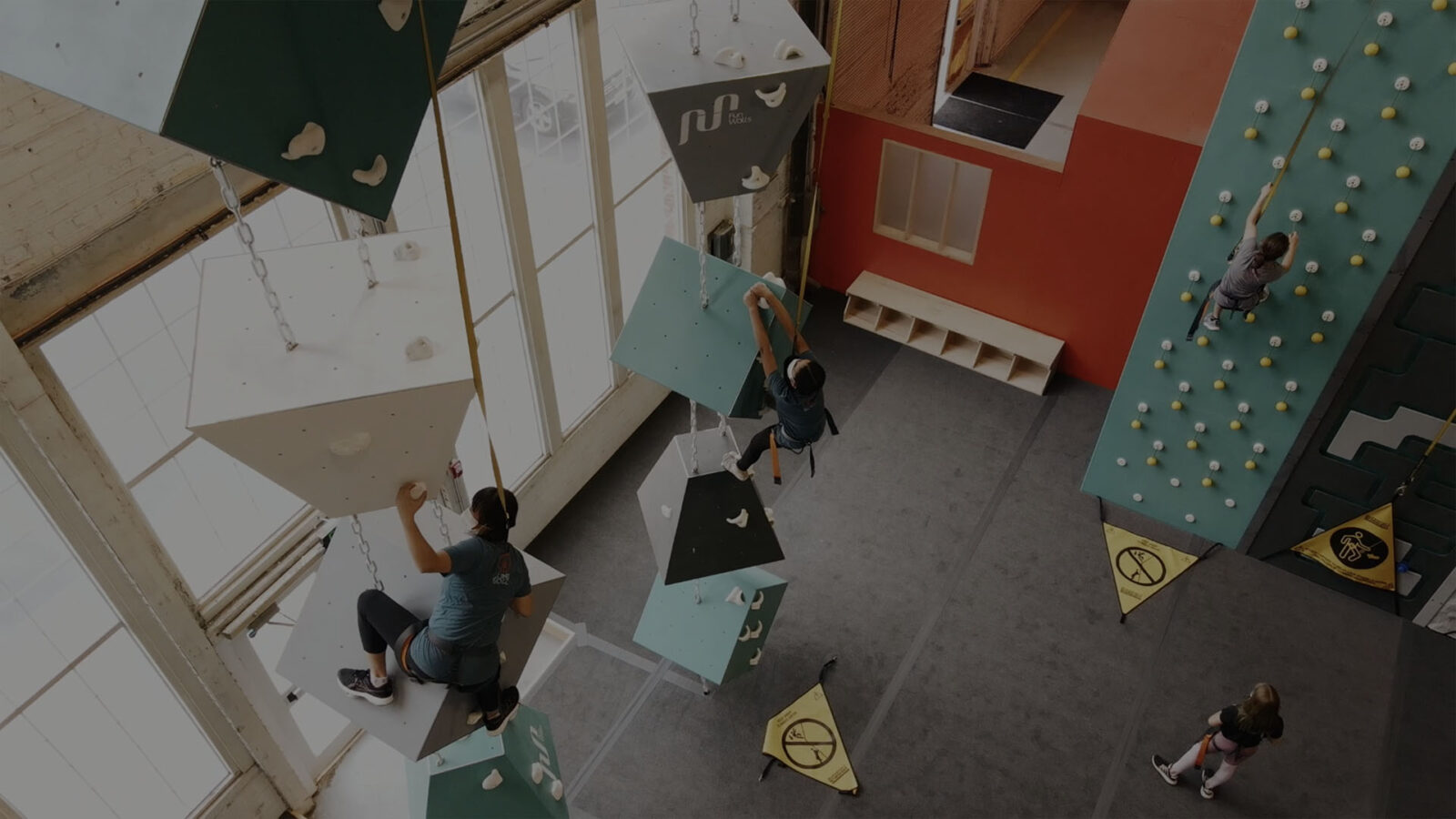
The evolving system of qubits in the Sycamore chip “has this really cool alternative description,” said John Preskill, a theoretical physicist at Caltech who was not involved in the experiment. Indeed, the new experiment confirms that quantum effects, of the type that we can control in a quantum computer, can give rise to a phenomenon that we expect to see in relativity - a wormhole.

Space-time and gravity emerge from quantum effects much as a 3D hologram projects out of a 2D pattern. It says the bendy space-time continuum described by general relativity is really a quantum system of particles in disguise. The holographic principle, ascendant since the 1990s, posits a mathematical equivalence or “duality” between the two frameworks. Physicists have strived since the 1930s to reconcile these disjointed theories - one, a rulebook for atoms and subatomic particles, the other, Einstein’s description of how matter and energy warp the space-time fabric, generating gravity.

The experiment can be seen as evidence for the holographic principle, a sweeping hypothesis about how the two pillars of fundamental physics, quantum mechanics and general relativity, fit together. When Spiropulu saw the key signature indicating that qubits were passing through the wormhole, she said, “I was shaken.” With this first-of-its-kind “quantum gravity experiment on a chip,” as Spiropulu described it, she and her team beat a competing group of physicists who aim to do wormhole teleportation with IBM and Quantinuum’s quantum computers. The team, led by Maria Spiropulu of the California Institute of Technology, implemented the novel “wormhole teleportation protocol” using Google’s quantum computer, a device called Sycamore housed at Google Quantum AI in Santa Barbara, California. By manipulating the qubits, the physicists then sent information through the wormhole, they reported today in the journal Nature.

The wormhole emerged like a hologram out of quantum bits of information, or “qubits,” stored in tiny superconducting circuits. What did you observe about the intensity (brightness) of the light at different distances? 2.Physicists have purportedly created the first-ever wormhole, a kind of tunnel theorized in 1935 by Albert Einstein and Nathan Rosen that leads from one place to another by passing into an extra dimension of space. Light Data Distance from Wall (cm) Diameter of Light (cm) Area (cm2) Post-Lab Questions How did holding the light source at different distances from the wall change the area of light you saw? 1. diameter in Table 2 (if you wish to try distances more than about one meter, get a partner or parent to help with your measurements) Repeat Steps 3-4 for three more distances. Use the tape measure to measure the diameter of the circle of light. In a dark room, turn on the flashlight and hold the end of the cup five cm from the 4. Insert the flashlight to the cup through the hole so that light shines up through the 3. Use a pen or pencil to poke holes around the face of the flashlight until there are enough holes to easily punch out a hole the size of the flashlight face.

Turn the Styrofoam cup upside down and place the face of the flashlight on the center of the bottom of the cup.


 0 kommentar(er)
0 kommentar(er)
